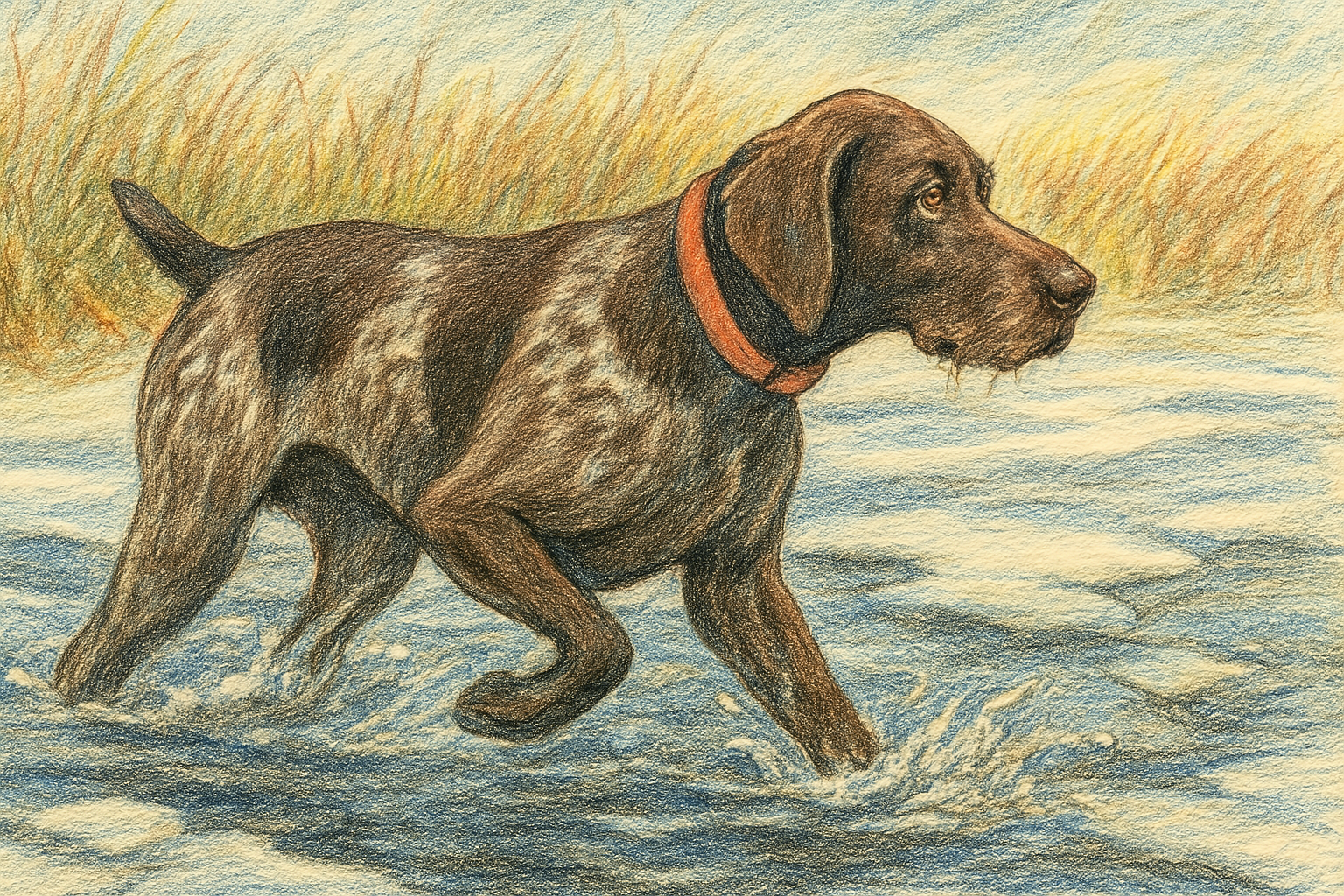In this final post of the series, I’ll share my personal experiences with my own dogs, any regrets I have, and my general recommendations in the clinic.
My Experience with Boomer
I’m partial to female dogs, and while I love Boomer, he’ll likely be the only male I own. When I got him, I had no intention of breeding and anticipated neutering him around 18-24 months. When the time came, he was the least “male” dog I had ever been around, and I saw no need to neuter him. My older girls were spayed, and I just didn’t see a reason to neuter him.
Fast forward five years, and Boomer started showing some signs I didn’t like. He became grouchy in certain situations—not aggressive or biting, but he would grumble if disturbed. He also marked more outside. We neutered him, and these issues didn’t progress or become problematic, and the marking stopped. However, with hindsight, I’m not convinced the improvements were solely due to neutering. The issues arose in 2020, and he was neutered in early 2021. There were many external stressors at that time, affecting not just our dogs. I often wonder if these issues resolved due to time and focused attention on my part.
His athletic and hunting performance didn’t change post-neutering. In the end it worked out because we added Vi, an intact female, shortly after he was neutered. I wouldn’t have had an intact male and female in the house together. Not because I couldn’t keep them separate, but because clients with that combination often struggle during heat cycles with their males going out of their minds. With the benefit of hindsight, and had I not added a female, I likely would have left him intact.
Recommendations for Male Hunting Dogs
For male hunting dogs, I recommend waiting until at least skeletal maturity, typically around 18-24 months, if possible. The guidelines suggested waiting until at least six to twelve months but these aren’t specific optimal times just recommendations to not perform the procedure before these times. There’s no harm in waiting longer, so for performance dogs, in my opinion, it’s best to avoid cutting the time frame too close. If neutering is needed sooner, I aim for at least no sooner than a year of age.
Females: A Different Challenge
Females are trickier. If you’ve ever had an in-heat female, you’ll understand why — it’s a hassle. They typically discharge for about 27 days. I manage my dogs with heat pants, which are like Velcro shorts with a hole for the tail. We place a sanitary pad inside and change it several times a day. I recommend having 2 or 3 pairs because you’ll inevitably forget they have them on, let them out, and then you will remember the pants just as they go to squat and fill them with urine.
Early on, I thought I’d like to have a litter, especially since I was doing a lot of reproductive work. But life had other plans, and I realized I’m not cut out for it — I’d be a nervous wreck through the pregnancy and get overly attached to the pups.
While I never have had a litter, all my females have been kept intact until later in life. My first dog, Emma, went through a pyometra, and Belle had multiple malignant mammary tumors. All of the spays usually have surrounded some type of health issue like that. Emma was obviously spayed at the pyo, Maggie had a grade 3 mast cell tumor early in life, prior to being spayed, and she ended up being spayed during a mammary tumor removal. That tumor was benign. Lily and Vi also had benign mammary tumors that precipitated their spays as well. The youngest any of them were spayed was five. The dogs I’ve lost over the years haven’t been due to any of the health issues we’ve discussed related to spay/neuter/intact. Belle lived the longest at 16.5 years, Lily and Maggie both made it to 14, and Emma, lost at XX, had degenerative myelopathy (the dog equivalent of Lou Gehrig’s disease). One note, Maggie developed urinary incontinence after her spay even though it was performed later in life. My greatest regret is not having a puppy out of Lily, with Belle a close second, though Boomer is from the same lines at least.
Client Recommendations
For client owned females, I’ve been cautious because we lacked the science we have now. If a dog had health or conformation issues, I’d recommend letting the bitch go through one heat cycle before spaying, which typically gets us to about a year. Based on current guidelines, my recommendation for females is similar to males: definitely get them to skeletal maturity, aiming for over a year of age, and for golden retrievers, consider leaving them intact or opting for an ovary-sparing spay. Spaying is also a little more nuanced as some people just flat do not want a bitch in heat around and so that will also influence timing.
A Note on Older Dogs
The older a dog gets, especially if there’s extra fat, the spay procedure becomes much more difficult. I’d rather do any emergency intra-abdominal surgery than a fully mature fat dog spay. Spays and neuters are often underpriced compared to other surgeries to encourage owners to get them done—see the first post in this series for reasons why. If the profession shifts to more old dog spays, the cost may rise, and it would be justified. An older dog neuter is a little more involved than a younger one but still relatively straightforward.
Final Takeaway
The key takeaway from this series is that you can do right by your dog whether you spay, neuter, or keep them intact. Avoid blanket timing recommendations when making this decision. Find a veterinarian who will have an open-minded conversation and do what’s right for your situation and your dog.



